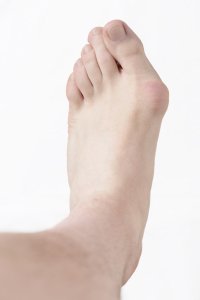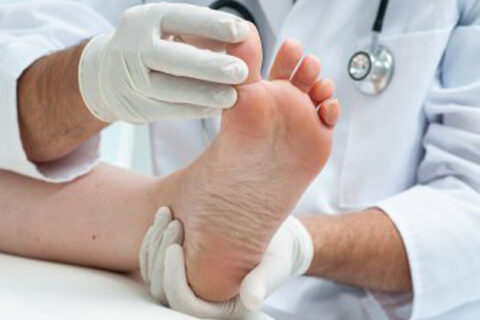Reconstruction Surgery for Failed Bunion Repair
Although bunion treatment in Sugar Land is mostly effective, there is a chance that the bunion can return after the procedure is complete. If your bunion is back and it is causing you to have lingering issues of pain and discomfort, your doctor might want to perform reconstruction surgery. Keep reading to learn more about the procedure to find out how it can help you get bunion relief:

The Point of the Surgery
Reconstruction surgery is used to get rid of any lingering pain or deformities that might still exist on the toe. If there is arthritis present in the area, the doctor might need to do a different procedure to find out why the first bunion removal went wrong. If you still have a bunion or pain after your initial procedure, you should schedule another consultation with your podiatrist to see if you need surgery to fully get rid of the problem.
The Surgical Process
If your doctor recommends surgery, you should expect the procedure to take a little longer than the first. The doctor usually makes an incision near the first toe and another one near the arch of the foot. Depending on the location of your issue, the doctor can either use the bone cut technique or a fusion. If you get the fusion, you will need hardware like plates or screws to keep the fusion in place. You should stay off the foot as much as possible to allow it to heal and avoid another issue after the surgery.
The Surgical Recovery
You must wear a brace or a shoe once the surgery is complete to speed up the healing process. Your surgeon will talk to you about the amount of time you should rest before you can put weight back onto your foot. The sutures usually stay in for about two weeks. Talk to your surgeon about when you should schedule a follow-up visit to remove the sutures and to check on the healing process.

